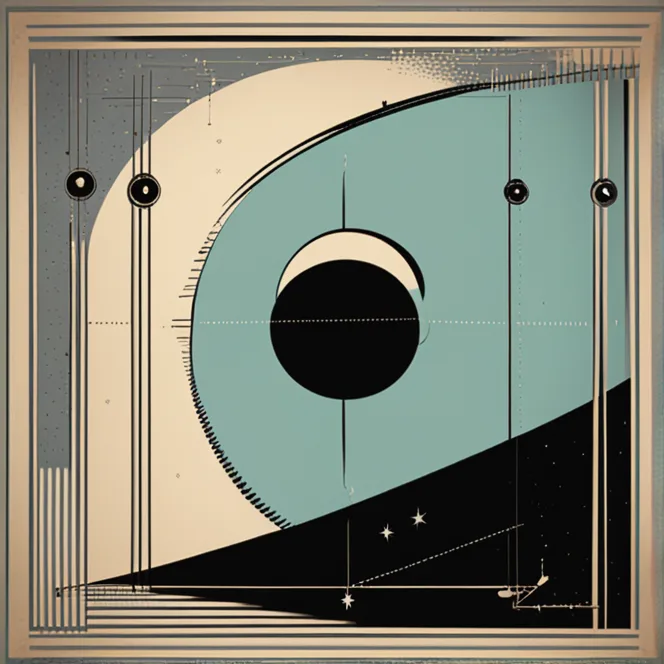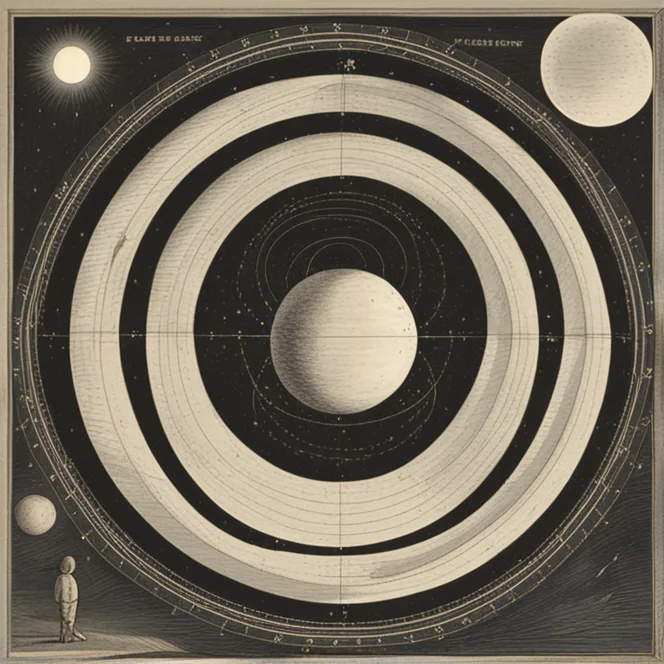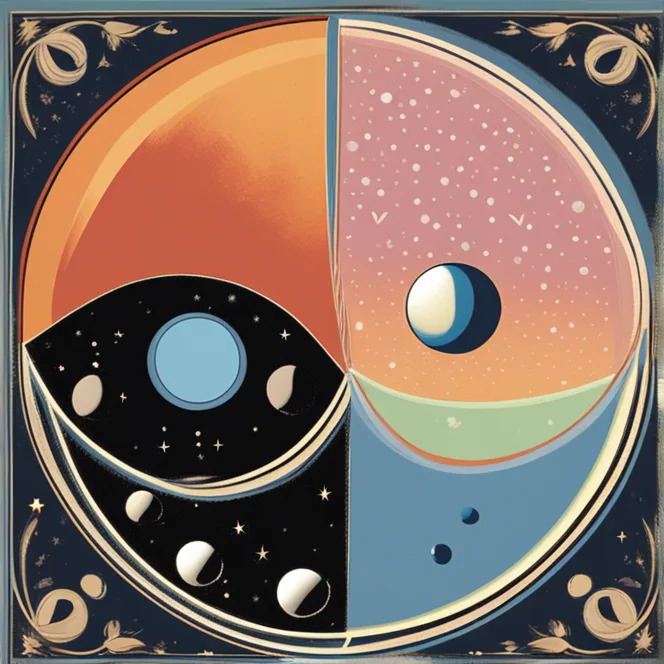
The Retrograde Illusion: Understanding The Moon’s Motion
Unravel the mysteries of a retrograde moon—a celestial illusion. Discover the significance of this astrological event and its influence on our lives.
article by Priya Deshmukh
Moon Retrograde: Astrological Misconception
Many people are familiar with the concept of retrograde motion, particularly when it concerns planets like Mercury. However, there is a common misconception in astrology about the moon undergoing a retrograde phase. Unlike the other celestial bodies that do experience apparent retrograde motion, the moon never actually moves in retrograde. This article aims to clarify this point and explore the astrological implications when other planets are in retrograde as observed from Earth.

The Celestial Mechanics Behind "Retrograde"
To understand why the moon doesn't go retrograde, we need to delve into basic celestial mechanics. Retrograde motion is an apparent change in the movement of a planet through the sky, not an actual reversal in orbit. It is purely an optical illusion that occurs when Earth overtakes a planet in its orbit. Since the moon orbits Earth and not the sun, it maintains a consistent prograde motion around our planet, making retrograde motion for the moon impossible.

Astrological Significance of Retrograde Planets
Despite the moon’s consistent orbit, the astrological significance of retrograde motion is profound. When planets such as Mercury, Venus, or Mars are in retrograde, astrologers interpret this as a time for introspection and reconsideration in the areas governed by the respective planets. While the moon's phases have their own astrological meanings, especially concerning emotions and subconscious impulses, no retrograde interpretation is necessary or applicable.

Moon's Phases & Astrological Influence
The moon's impact on astrological readings comes from its phases, ranging from new to full, each holding symbolic meanings. For instance, the new moon is traditionally seen as a time for new beginnings, while the full moon relates to the culmination and release. Understanding these phases will provide deeper insights into the Moon's true astrological effects, rather than speculative retrograde influences.

Understanding Apparent Retrograde Motion
Astrological practices often embrace the symbolism behind celestial events, and understanding the tangible mechanics can enhance this practice. By recognizing that the retrograde motion is a visual perception and not a physical reversal, we can concentrate on the real astrological events that influence our readings and daily lives, such as planetary transits, conjunctions, and the actual phases of the moon.
Embracing Celestial Cycles in Personal Growth
While the moon itself may not retrograde, the concept of retrograde in other planetary bodies serves as a metaphorical pause button, prompting individuals to slow down and reassess areas of their lives. In a spiritual and personal growth context, retrograde periods can be seen as opportunities to review our choices and consider our paths, much like the reflective qualities traditionally associated with the moon.
Published: 12/6/2023
Modified: 12/6/2023
More predictions
Come back here soon to learn more about yourself and your future





